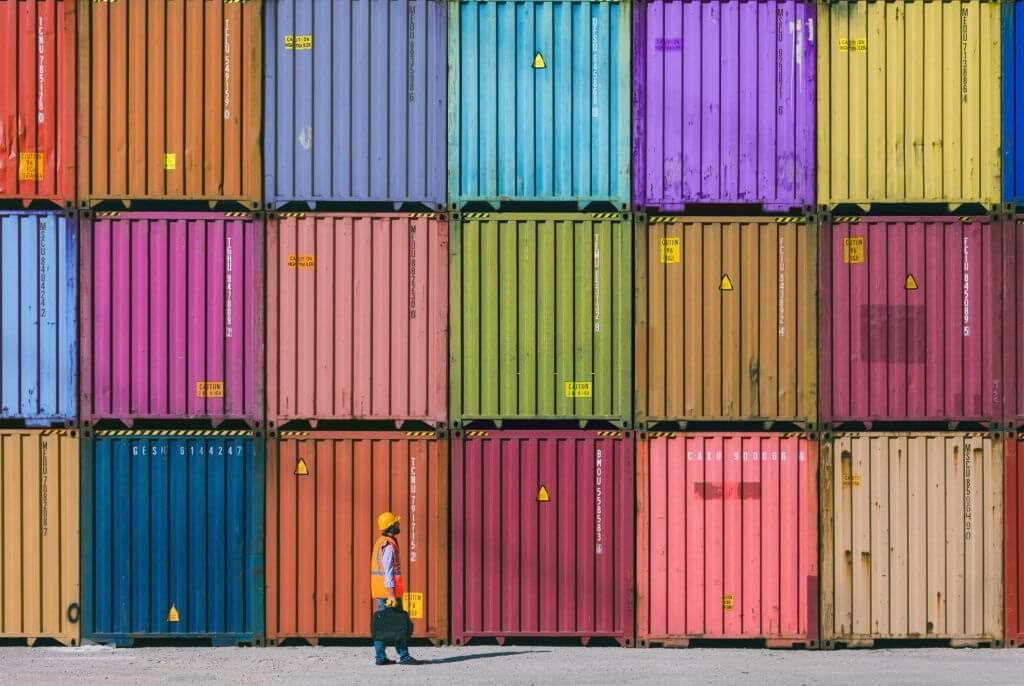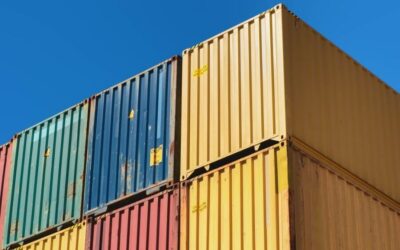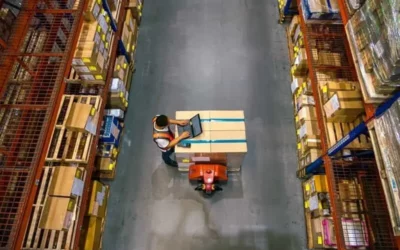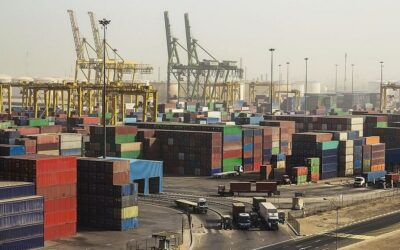What is the Difference between a Liner and Tramp Service?
When it comes to shipping goods by sea, we often come across the terms of Liner and Tramp services. Have you ever felt that these two terms are confusing? If yes, then you are not alone. No need to worry, as this time we’ve got you covered. We have dug around to write in the simplest way about the difference, similarities, and types of the two services, to bring an end to this confusion.
Table of Contents
What is liner shipping services Types of Liner Shipping?
The liner service got its name from the term ‘line voyages’ which describes the voyages that follow a schedule and a set route. The ships transporting goods across the routes are called liners. Hence, a liner service is a service of transporting goods that functions according to a fixed schedule, a fixed port rotation, specified published date of calls at the advertised ports by high capacity, ocean-going ships. It strictly follows the schedule under all circumstances unless there is a delay of a call at one of the ports caused by natural or by man-made events. According to a study, every year, liner ships carry about 60% of the goods by value transported through international borders by sea.
Liner shipping not only means shipping through containers but also includes other types of cargoes that have a fixed and timely service. These types may comprise of RoRo services, Bulk Cargo Services, Break Bulk Service, etc.
After getting an idea about the features of the Liner Service, it’s time to move on to its various types. The types of the Liner Service include:
- Independent Service
- Conference Service
- Consortia Service
- Alliance Service
For services in any of the patterns, the operators may have advantages and disadvantages that are particular to their operation depending upon the type of service they are offering. The common services include:
- End to End Service
- Round The Word Service
- Pendulum Service
- Hub & Spoke Service
What are the Advantages of Tramp Shipping Services?
A tramp service which is also called tramper is a type of service that is available at a short notice hence it doesn’t follow any strict schedule. Furthermore, it doesn’t follow a fixed port rotation, and goods can be loaded in it from any port to be taken to any port. The trampers may usually carry the Break Bulk or Bulk Cargo along with many other types of cargoes that are non-contracted including containers and RoRo, etc.
When it comes to choosing Liner vs Tramp service, the same analogy can be used to use regular flights vs charter there are some benefits of the trampers. The lack of any fixed schedule, port, or a defined route provides flexibility to the shippers and can save their time as they won’t have to wait for a scheduled liner service and can save money too.
Also Read: What Is The Difference Between Detention And Demurrage?
What are the features of tramp and liner shipping?
Let’s dig deeper into knowing the particular characteristics of Liner vs Tramp services, so it might become easier for you to choose what kind of service you need.
| Liner Service | Tramp Service |
| The liner ship is formed to transport a variety of goods with great room for parcels, bales, bundles, etc. It also has the space to carry refrigerated items. The number of the compartments and decks may also be different in the Liner ships than that of the Trampers as they are designed to take a variety of loads that can be placed in the container or compartment complimenting its characteristics. | They are designed in such a way that it becomes suitable for them to carry a simple, identical, and uniform cargo in large quantities. So, it is very appropriate for transporting a specific type of cargo. |
| The handling equipment may differ owing to the requirement of loading and unloading the cargo in a shorter time. | For handling a specific type of cargo, the equipment to handle it will be quite simpler than those used in the Liner Service. The equipment may include mechanical elevators and pumps, etc. |
| It has a pre-determined and fixed route, schedule, and destination. | As the ships don’t have a fixed schedule, route, and destination, it cuts the cost of the Tramp service. Besides that, these less expensive equipment are often fit in the ships with lesser speed. |
| For speedy loading and unloading, the ships are equipped with highly advanced moving machines.c | The loading and unloading in the case of the Tramp shipping are limited to a smaller number of ports as the tramper transports the cargo of one or two shippers. |
| The services have a predetermined set of rules and conditions that define the responsibilities of the shipowners and the terms related to the carriage and delivery of the cargo.c | There is no fixed route or predetermined schedule. |
| They have fixed freight rates. | The rates are negotiable. |
Liner VS Tramp Shipping Services
The type of Bill of Lading and the Contract of the Carriage is different for each type of service. For instance, the shipping line employing the Liner Service may use:
- BIMCO
- ConLineBill
On the other hand for the Tramp Service, the Bill of Lading or the Contract of Carriage is covered by a Charter Party and may use
- BIMCO
- ConLineBill
There are some similarities too of Liner vs Tramp services in terms of the vessel operations:
- Both have ships that can carry different types of cargoes depending on the type of trade route.
- The voyage and operations on the ships are handled by people of the crew with the required expertise
- Some vessels may be customized for handling a specific kind of cargo.
- Both have to follow a similar migration, customs, health, and port necessities and guidelines process. Exceptions are there, for example in the case of liners, there may arise berthing window plot set up at specific ports which permits it to berth according to the scheduled nomination of place, time, and date.
The similarities in the Liner and Tramp Service may also include the terms of booking and the documentation.
Benefits of both Liner and Tramp Compare
The benefits might be particular to the type of shipping. For instance, the Liner shipment is good for the shippers who want to ship cargo in large quantities from merchants to the consignors with a strict schedule and at regular intervals. On the other hand, the Tramp Service can be used for the transportation of the cargo on a random, per load grounds.
Huge Loads
They can carry huge volumes of cargo including the world resources e.g. coal and oil that are the needs of every second in all parts of the world.
Less Cost
They don’t cost much money as compared to transportation through the air which is quite beneficial for the shippers.






